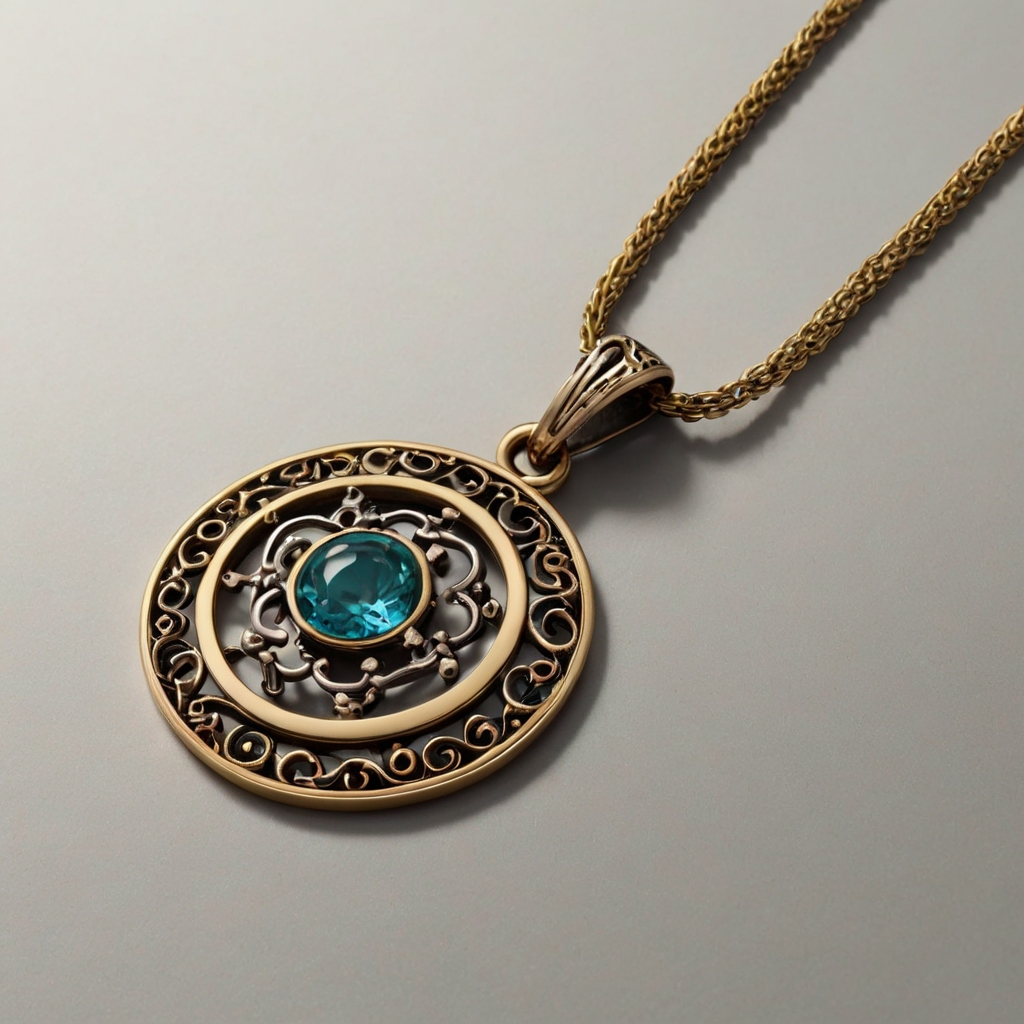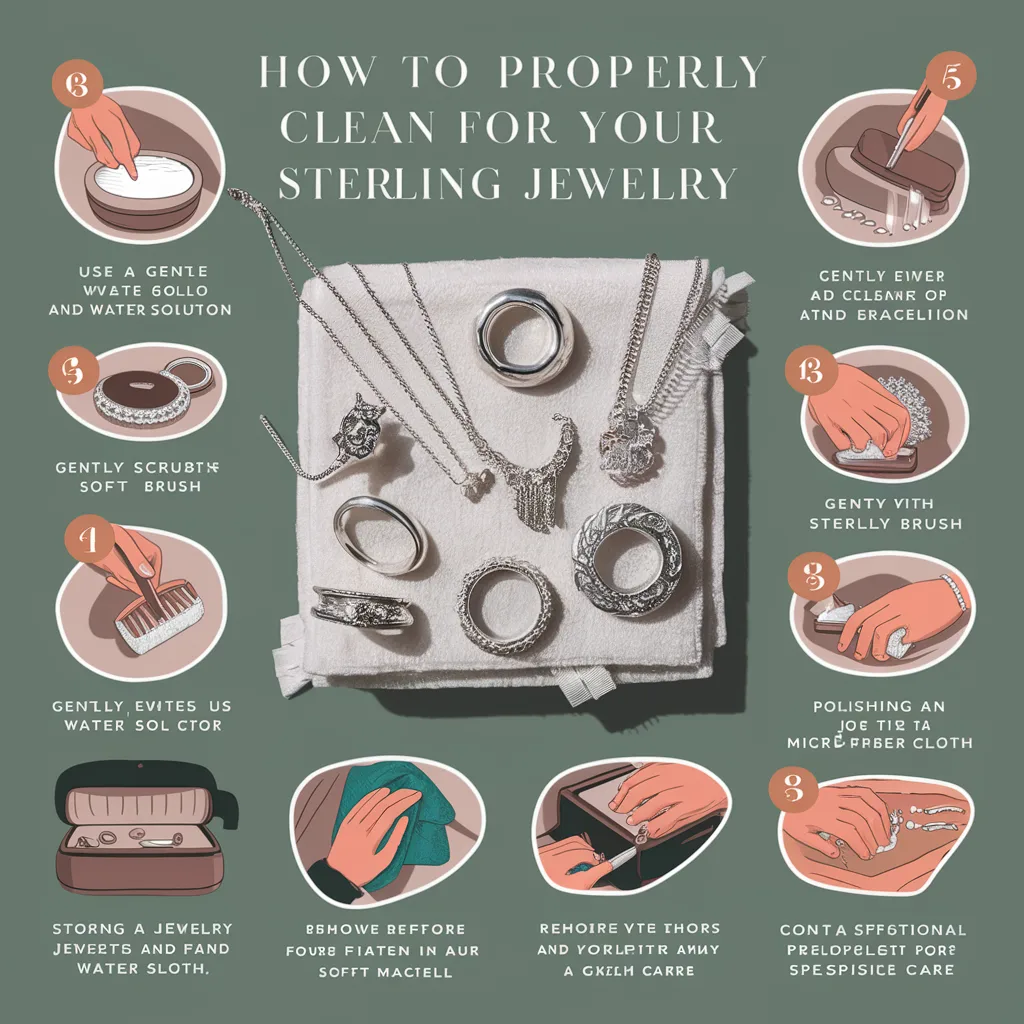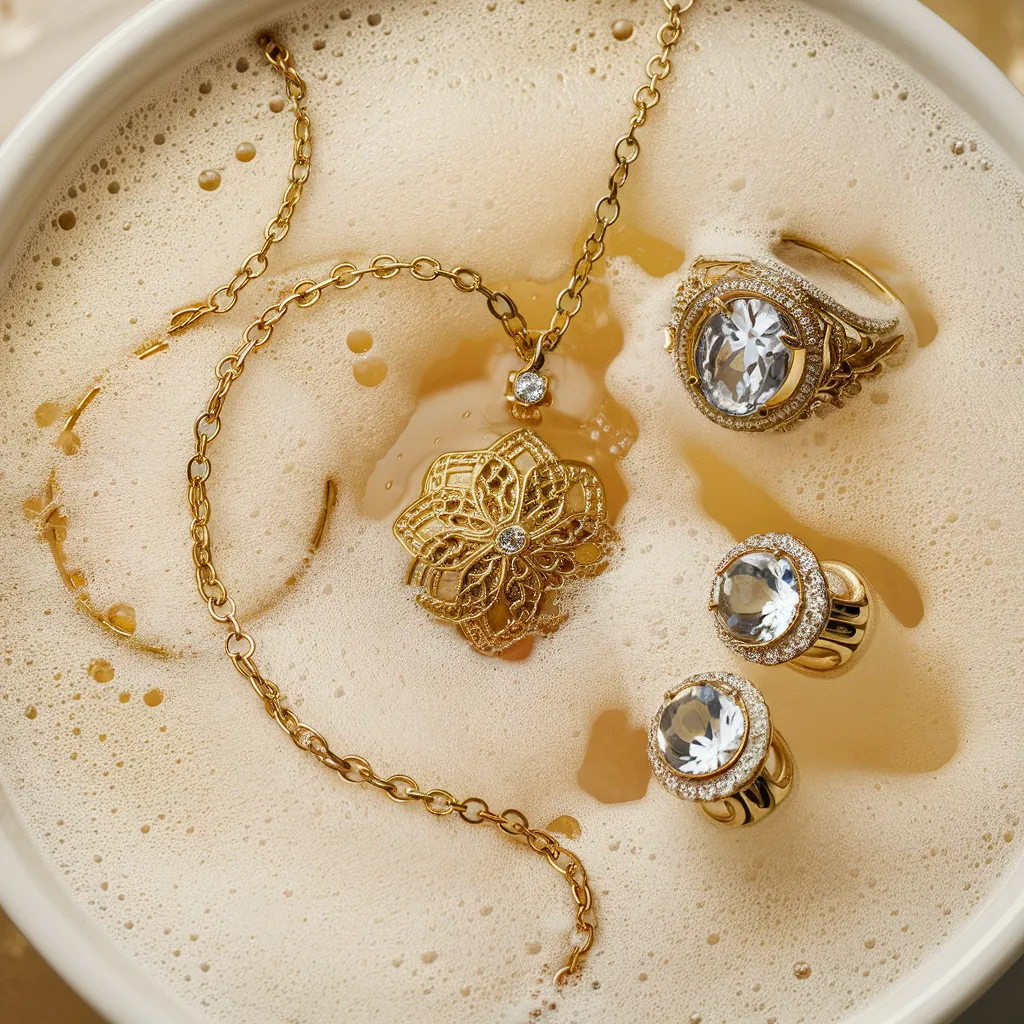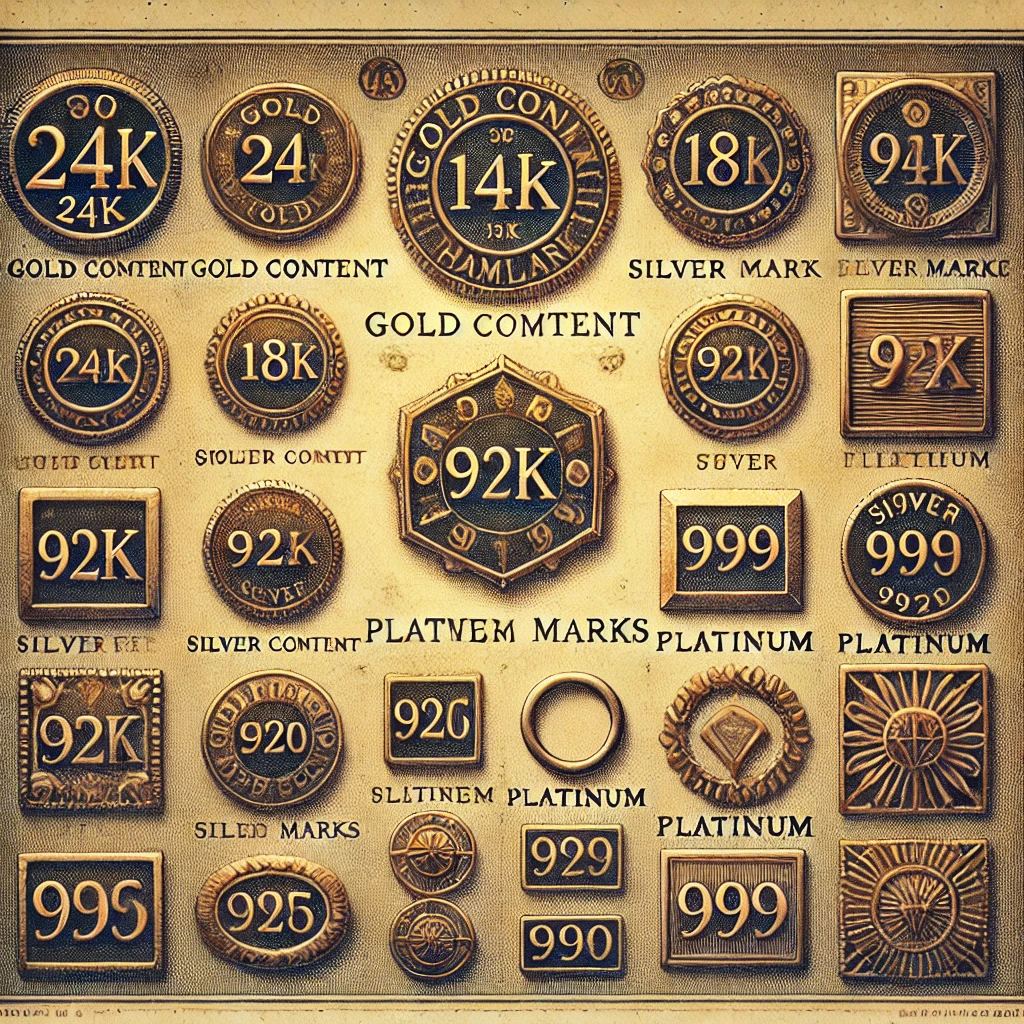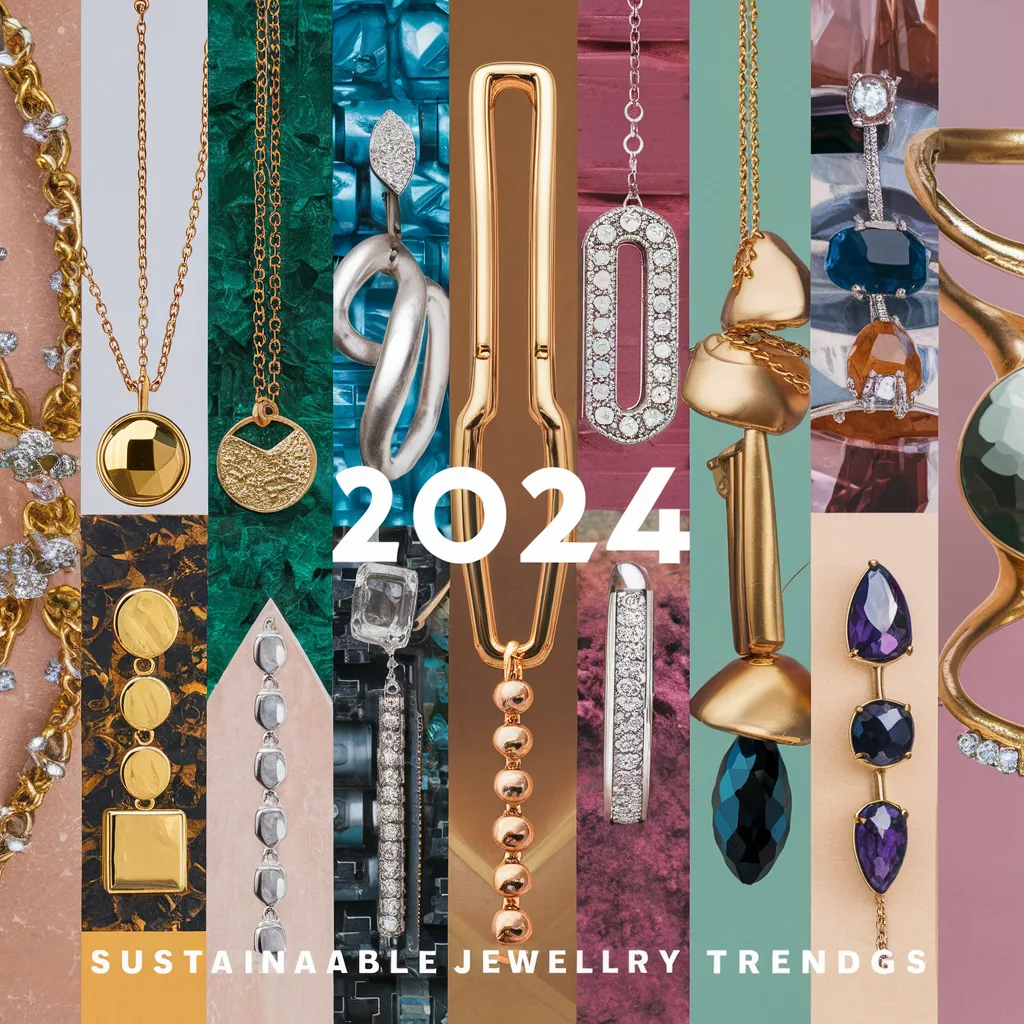
The Journey of a Diamond: From Mine to Market
Introduction
Diamonds are more than just beautiful gemstones; they are a symbol of luxury, romance, and endurance. Understanding the journey of a diamond from mine to market reveals the intricate processes and significant efforts involved in bringing these precious stones to consumers. This guide provides a comprehensive overview of the diamond's path, highlighting the various stages it undergoes before reaching its final form.
History of Diamonds
Origin and Early Discovery
Diamonds have a long and storied history dating back thousands of years. The earliest known diamonds were discovered in India in the 4th century BC. For centuries, India remained the primary source of diamonds, with these gemstones being traded along the Silk Road.
Historical Significance and Cultural Impact
Throughout history, diamonds have held significant cultural and symbolic value. They were believed to possess magical qualities, offering protection and strength to their wearers. In the 15th century, diamonds became a symbol of wealth and power among European royalty. The discovery of diamonds in Brazil in the 18th century and later in South Africa in the 19th century expanded the global diamond market, solidifying their place as highly coveted gemstones.
Diamond Formation
Geological Process
Diamonds are formed deep within the Earth's mantle under extreme heat and pressure. This process occurs over billions of years, with carbon atoms bonding in a crystalline structure to create diamonds. These formations are brought closer to the Earth's surface through volcanic eruptions, embedded in a type of rock called kimberlite.
Conditions Required for Diamond Formation
The formation of diamonds requires specific conditions, including temperatures of at least 1,650 degrees Fahrenheit and pressures of 725,000 pounds per square inch. These conditions are typically found at depths of 90 to 120 miles below the Earth's surface.
Natural vs. Synthetic Diamonds
While natural diamonds are formed through geological processes, synthetic diamonds are created in laboratories using high-pressure, high-temperature (HPHT) or chemical vapor deposition (CVD) methods. Both natural and synthetic diamonds have identical physical and chemical properties, but synthetic diamonds are often more affordable and ethically produced.
Diamond Mining
Types of Diamond Mines
Diamond mining is conducted through various methods depending on the location and type of diamond deposit. The three primary types of diamond mines are:
- Open-pit mines: These are used for deposits near the surface. The overlying material is removed to access the diamond-bearing rock.
- Underground mines: These are employed when deposits are located deeper within the Earth. Tunnels and shafts are constructed to reach the diamonds.
- Alluvial mines: These involve extracting diamonds from riverbeds or ocean floors where they have been deposited by natural erosion processes.
Major Diamond-Producing Countries
Several countries are renowned for their diamond production. The leading producers include:
- Russia: Home to some of the largest diamond mines, such as the Mir and Udachnaya mines.
- Botswana: Known for the Jwaneng and Orapa mines, which produce high-quality diamonds.
- Canada: The Ekati and Diavik mines are prominent sources of diamonds in North America.
- Australia: The Argyle mine was famous for its pink diamonds before its closure in 2020.
Mining Methods and Technologies
Advancements in technology have significantly improved diamond mining efficiency and safety. Techniques such as remote-controlled machinery, advanced drilling equipment, and computer modeling are commonly used to enhance extraction processes. Additionally, efforts are made to minimize environmental impact through responsible mining practices.
Environmental and Ethical Considerations
Environmental Impact of Diamond Mining
Diamond mining can have significant environmental consequences, including habitat destruction, soil erosion, and water pollution. Open-pit mining, in particular, can leave large scars on the landscape. Efforts to mitigate these impacts include land reclamation, water management strategies, and reducing carbon emissions associated with mining operations.
Ethical Issues: Blood Diamonds and Fair Trade
The term "blood diamonds" refers to diamonds mined in conflict zones and sold to finance armed conflict against governments. These diamonds have contributed to human rights abuses and political instability. To address this, the Kimberley Process Certification Scheme was established to prevent the trade of conflict diamonds. Fair trade initiatives also aim to ensure that diamonds are sourced ethically, providing fair wages and safe working conditions for miners.
Initiatives for Sustainable and Ethical Mining
Several organizations and companies are committed to promoting sustainable and ethical diamond mining. The Responsible Jewellery Council (RJC) sets standards for responsible business practices in the jewelry supply chain. Additionally, some diamond producers have adopted blockchain technology to provide transparency and traceability from mine to market.
Sorting and Classification
Initial Sorting Process
Once extracted, diamonds undergo an initial sorting process to separate gem-quality stones from industrial-grade diamonds. This sorting is typically done by hand and involves evaluating the rough diamonds for size, shape, and clarity.
Diamond Classification: The 4Cs
Diamonds are classified based on the 4Cs, which are critical in determining their value:
- Carat: The weight of the diamond, with one carat equal to 0.2 grams.
- Cut: The quality of the diamond's cut, affecting its brilliance and sparkle.
- Color: The absence of color in a diamond, with grades ranging from D (colorless) to Z (light yellow or brown).
- Clarity: The presence of internal or external imperfections, with grades ranging from Flawless (FL) to Included (I).
The Role of Gemological Laboratories
Gemological laboratories play a crucial role in diamond classification and certification. These labs use advanced tools and expertise to assess the 4Cs and provide detailed grading reports. Major laboratories include the Gemological Institute of America (GIA), the American Gem Society (AGS), and the European Gemological Laboratory (EGL).
Cutting and Polishing
Diamond Cutting Techniques
The art of diamond cutting requires precision and expertise. The rough diamond is analyzed to determine the best way to maximize its value and beauty. Advanced tools and technology, such as laser cutting and computer modeling, are used to plan and execute the cutting process. The main steps in diamond cutting include:
- Cleaving or Sawing: Splitting the diamond into smaller, more manageable pieces.
- Bruting: Shaping the diamond into a rough round form.
- Polishing: Creating the facets that enhance the diamond's brilliance.
- Inspecting: Ensuring the diamond meets quality standards.
The Importance of Cut in Diamond Value
The cut of a diamond is crucial in determining its overall value and visual appeal. A well-cut diamond will reflect light beautifully, creating the desired sparkle and brilliance. The quality of the cut affects the diamond's symmetry, proportion, and overall appearance. Popular cuts include round brilliant, princess, emerald, and cushion.
Famous Diamond Cuts
Several famous diamond cuts have gained popularity over the years, each with unique characteristics:
- Round Brilliant: Known for its exceptional sparkle and is the most popular diamond cut.
- Princess: A square-shaped cut with sharp corners, known for its contemporary look.
- Emerald: A rectangular cut with step-like facets, emphasizing clarity.
- Cushion: A square or rectangular cut with rounded corners, offering a vintage feel.
Certification and Grading
Importance of Certification
Certification provides assurance of a diamond's quality and authenticity. A certified diamond comes with a grading report from a reputable gemological laboratory, detailing its characteristics based on the 4Cs. This certification helps buyers make informed decisions and ensures they receive a diamond that matches its description.
Major Certification Bodies
Several respected organizations provide diamond certification:
- Gemological Institute of America (GIA): Known for its strict grading standards and detailed reports.
- American Gem Society (AGS): Offers grading reports with a focus on cut quality and overall performance.
- European Gemological Laboratory (EGL): Provides comprehensive grading reports, often used in the European market.
Understanding a Diamond Grading Report
A diamond grading report includes detailed information about the diamond's carat weight, cut, color, clarity, and any additional characteristics such as fluorescence or inscriptions. It also provides a diagram showing the diamond's proportions and any inclusions or blemishes. Understanding this report is essential for evaluating the diamond's value and quality.
Diamond Trading Hubs
Key Global Diamond Trading Centers
Several cities around the world are renowned for their diamond trading activities:
- Antwerp, Belgium: Known as the diamond capital of the world, Antwerp handles a significant portion of the global diamond trade.
- Mumbai, India: A major hub for diamond cutting and trading, particularly for smaller diamonds.
- New York, USA: Home to the Diamond District, a key center for diamond trade and jewelry manufacturing.
- Dubai, UAE: Emerging as a significant player in the diamond market, offering a strategic location for global trade.
The Diamond Trading Process
Diamonds are traded through a network of dealers, brokers, and diamond bourses. These bourses, or diamond exchanges, facilitate the buying and selling of diamonds in a secure and regulated environment. The trading process involves negotiation, inspection, and certification to ensure the diamonds meet the required standards.
Role of Diamond Bourses
Diamond bourses play a critical role in the global diamond trade. They provide a marketplace for buyers and sellers to conduct business in a secure and transparent manner. Bourses enforce strict rules and regulations to maintain the integrity of the diamond trade, ensuring ethical practices and protecting against fraud.
Jewelry Design and Manufacturing
The Journey from Rough Diamond to Finished Jewelry
The transformation of a rough diamond into a piece of exquisite jewelry involves several steps. Once a diamond has been cut and polished, it is ready to be set into jewelry. Jewelry designers create sketches and prototypes, considering the diamond's shape and characteristics. Skilled craftsmen then bring these designs to life, meticulously setting the diamond into rings, necklaces, bracelets, and other pieces.
Popular Diamond Settings and Styles
Diamond settings play a crucial role in enhancing the beauty and security of the stone. Popular settings include:
- Prong Setting: Uses metal prongs to hold the diamond, allowing maximum light exposure.
- Bezel Setting: Encircles the diamond with a metal rim, offering a modern look and added protection.
- Pavé Setting: Features small diamonds set closely together, creating a continuous sparkle.
- Channel Setting: Places diamonds in a channel between two strips of metal, often used in wedding bands.
Popular styles in diamond jewelry include solitaire rings, halo settings, three-stone rings, and vintage-inspired designs.
Custom vs. Mass-Produced Diamond Jewelry
Custom diamond jewelry offers a unique, personalized experience, allowing customers to choose the design, setting, and specific diamond. This process involves collaboration with a jewelry designer and can result in a one-of-a-kind piece. In contrast, mass-produced jewelry is created in larger quantities and offers more affordable options, catering to a broader market with ready-to-purchase designs.
Retail and Market Trends
The Retail Process for Diamonds
The retail process for diamonds involves several steps, from sourcing and selecting diamonds to marketing and selling them to consumers. Retailers work closely with suppliers to ensure a steady inventory of high-quality diamonds. They also provide education and certification to help customers make informed purchasing decisions. Showrooms, online platforms, and personalized consultations are common methods used to showcase and sell diamonds.
Current Market Trends and Consumer Preferences
Consumer preferences in the diamond market are continually evolving. Recent trends include:
- Lab-Grown Diamonds: Increasing in popularity due to their ethical and environmental benefits.
- Vintage and Antique Styles: Growing demand for unique, heirloom-quality pieces.
- Customization: Personalized jewelry designs tailored to individual tastes.
- Sustainability: A focus on ethically sourced and eco-friendly diamonds.
The Impact of E-Commerce on Diamond Sales
E-commerce has significantly transformed the diamond retail landscape. Online platforms offer consumers a convenient way to browse and purchase diamonds from the comfort of their homes. Advanced technologies, such as virtual try-ons and 360-degree views, enhance the online shopping experience. E-commerce also provides access to a broader range of diamonds and competitive pricing, making it an attractive option for modern consumers.
Economic Impact
Contribution to Global and Local Economies
The diamond industry plays a significant role in both global and local economies. It generates billions of dollars in revenue annually and contributes to economic development in diamond-producing countries. In regions like Botswana and Namibia, the diamond industry is a major source of employment and infrastructure development, supporting education, healthcare, and community projects.
Employment and Industry Support
The diamond industry provides employment opportunities across various sectors, including mining, cutting and polishing, trading, and retail. It supports a diverse workforce, from miners and gemologists to designers and sales professionals. Additionally, the industry fosters related businesses, such as equipment manufacturing, logistics, and tourism.
Consumer Education
Importance of Educating Consumers
Educating consumers about diamonds is crucial for making informed purchasing decisions. Knowledgeable consumers can better appreciate the value and quality of diamonds, understand the significance of ethical sourcing, and choose stones that meet their personal preferences and budget. Retailers play a vital role in providing accurate information and resources to their customers.
Resources for Learning About Diamonds
There are numerous resources available for consumers to learn about diamonds. Reputable websites, educational guides, and diamond certification bodies offer detailed information on the 4Cs, diamond origins, and purchasing tips. In-store consultations with knowledgeable sales professionals and access to gemological laboratories can also enhance consumer understanding.
How to Choose the Right Diamond
Selecting the right diamond involves considering several factors:
- Budget: Determine how much you are willing to spend and explore options within that range.
- 4Cs: Balance the carat, cut, color, and clarity to find a diamond that offers the best combination for your needs.
- Certification: Ensure the diamond comes with a grading report from a reputable laboratory.
- Setting and Style: Choose a setting that complements the diamond and reflects your personal style.
- Ethical Sourcing: Consider the origin of the diamond and opt for stones that are ethically sourced.
Future of the Diamond Industry
Technological Advancements
Technological advancements are continually shaping the diamond industry. Innovations in mining, cutting, and retail are improving efficiency and sustainability. Developments in blockchain technology are enhancing transparency and traceability, ensuring that diamonds are ethically sourced and accurately certified. Additionally, virtual and augmented reality tools are revolutionizing the online shopping experience.
The Rise of Lab-Grown Diamonds
Lab-grown diamonds are gaining popularity as a sustainable and affordable alternative to natural diamonds. These diamonds are created in controlled environments using high-pressure, high-temperature (HPHT) or chemical vapor deposition (CVD) methods. They offer identical physical and chemical properties to natural diamonds and are often indistinguishable to the naked eye. As consumer demand for ethical and eco-friendly products increases, lab-grown diamonds are expected to play a significant role in the future of the industry.
Future Challenges and Opportunities
The diamond industry faces several challenges and opportunities in the coming years. Key challenges include addressing environmental concerns, combating the stigma of blood diamonds, and adapting to changing consumer preferences. However, there are also significant opportunities for growth through technological innovation, expanding markets, and increasing consumer awareness of ethical and sustainable practices.
Conclusion
The journey of a diamond from mine to market is a complex and fascinating process. It involves intricate geological formations, advanced mining techniques, meticulous cutting and polishing, and careful grading and certification. Understanding this journey provides valuable insights into the diamond industry and the efforts involved in bringing these precious stones to consumers. As the industry continues to evolve, the focus on ethical practices, sustainability, and technological advancements will shape the future of diamonds, ensuring their enduring appeal and value.

